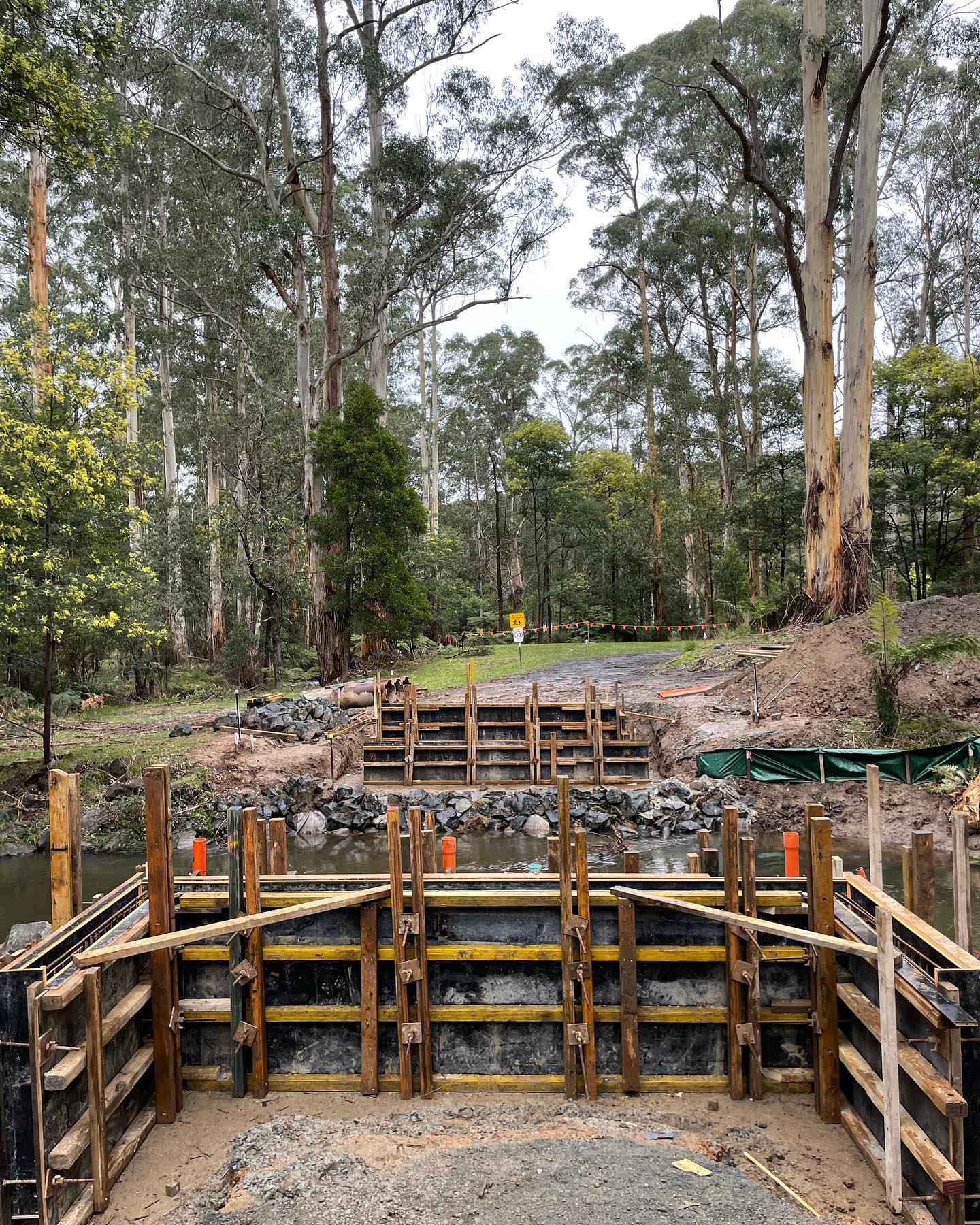Top Trends in Domestic Building for Modern Homes in Ballarat
G’day, Ballarat. If you’re thinking about building a new home here, you’ve picked an exciting time. The way we think about our homes…

G’day, Ballarat. Have you taken a drive around our neighbourhoods lately? It feels like there’s always something going on – new estates popping up, road crews repairing drains, footpaths being upgraded. Growth is good, no doubt. But it also gets you thinking: how do we keep building without messing up what we’ve already got? How do we make sure we’re not wrecking the landscapes and waterways that make our part of Victoria so special?
I was chatting with a local farmer just last week out near Learmonth, and he was telling me how the runoff from new developments has changed how water moves across his paddocks. It’s got him worried about the future. That conversation stuck with me because it shows that how we build matters – not just for right now, but for decades to come.
Turns out, the answer isn’t all that complicated. It’s about thinking ahead. It’s about choosing to do Sustainable Civil Works in Ballarat – the kind that doesn’t just pour concrete and walk away, but actually gives something back. This isn’t just a buzzword. It’s the new way of building, and it’s happening right here, under our noses.
Old-school civil work was pretty straightforward: get it done, and keep costs low. I remember when the only consideration was how quickly they could get the bitumen down. These days, we know better. We know it’s not just about the price tag on the project – it’s about the long-term cost to our environment, our water, and our community. Real Sustainable Civil Works in Ballarat means building things that last. Things that work with our climate, not against it. Things that save water, support wildlife, and make our public spaces better for everyone.
And honestly? It’s just common sense.
You might be asking – what’s in it for us? Well, plenty. Going green with infrastructure isn’t just a “feel-good” move. It’s smart economics.
I was involved in a project out in Alfredton where we used permeable paving in the car park areas. The council was initially worried about the cost, but five years on, they’ve not had to do any of the usual drainage repairs they’d expect with traditional surfaces. The water just soaks through instead of pooling and damaging the surface.
Okay, let’s get practical. What does green civil work really involve here in Ballarat? It’s not about solar panels and wind turbines – it’s much more down-to-earth than that.
1. Working With Water, Not Against It.
Instead of piping every drop of stormwater away as fast as possible, we’re now slowing it down, cleaning it, and reusing it. You’ve probably seen these around town already:
2. Using What We’ve Already Got.
Why truck tonnes of new materials across the state when we can reuse what’s already here? We’ve been getting creative:
3. Making Room for Nature.
Building doesn’t have to mean clearing everything. We’re getting better at:
4. Getting Ready for a Changing Climate.
Summers are getting hotter. Rain comes down harder when it falls. So we’re building for that:

At the end of the day, choosing Sustainable Civil Works in Ballarat isn’t just a technical decision – it’s a commitment to our future. It’s about making sure that as our city grows, it stays liveable, resilient, and true to what makes this place special.
I was speaking with some residents from Miners Rest recently who were worried about a new development. When we showed them how we were incorporating wetlands to treat stormwater and creating natural buffers between properties, you could see their attitudes change. They went from opposed to supportive because they could see we were actually improving their local environment, not degrading it.
That’s what this is all about – leaving something better than we found it. Making sure our kids inherit a Ballarat that’s not just bigger, but better. More beautiful. More sustainable.
It’s not about doing less – it’s about doing better. And that’s something we can all get behind.
Q: Does “sustainable” mean more expensive?
A: Sometimes there’s a slightly higher upfront cost, but you save heavily over time through lower water and energy bills, less maintenance, and longer-lasting infrastructure. The permeable paving we used in Alfredton might have cost 15% more initially, but it’s saved about 40% in maintenance costs already.
Q: Aren’t these just fancy ideas? Aren’t we still using the same old methods?
A: Not anymore. Councils and developers are now required to meet stricter environmental standards. This isn’t optional – it’s becoming the norm. And that’s a good thing. The planning scheme updates from 2020 mean sustainable features are now expected, not optional.
Q: How can I tell if a project near me is being built sustainably?
A: Look for raingardens, native plants, signs talking about recycled materials, or permeable paving. Also – feel free to ask! Your local council often shares info about sustainability features in new developments. The City of Ballarat website has detailed pages on their sustainable infrastructure standards.
Q: Does this create local jobs?
A: Yes. Using local materials supports local businesses. Designing and building this way also requires skilled workers – landscapers, ecologists, engineers – which means more opportunities right here in Ballarat. We’ve been hiring local tradespeople for all our recent sustainable projects.
G’day, Ballarat. If you’re thinking about building a new home here, you’ve picked an exciting time. The way we think about our homes…
G’day, Ballarat. Have you taken a drive around our neighbourhoods lately? It feels like there’s always something going on – new estates popping up…
Alright, let’s have a yarn. You’ve got a commercial project on the cards – maybe a fit-out for a new cafe on Sturt Street, a refurbishment for your office in Wendouree, or building…